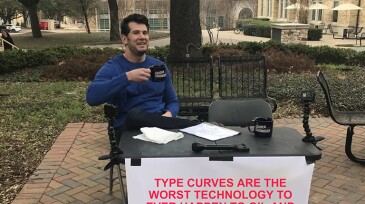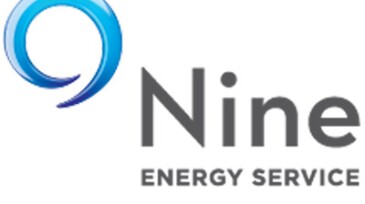JPT Weekly Newsletter Feed
-
After more than 2 decades of talk, multiple millions of dollars in investments, and a decade’s worth of joint industry projects, operators are starting to get on board with electrification as the base case for subsea solutions.
-
Port Fourchon is close to the offshore oil platforms in the US Gulf, but it is also at the southern edge of Louisiana where the land is fading away.
-
The company’s 2021 Energy Transition Outlook says the Earth likely will miss the 2°C goal of the Paris Agreement and the window to get back on track is closing rapidly.
-
Kamel Ben-Naceur will take office as 2022 SPE President during the 2021 SPE Annual Technical Conference and Exhibition this month in Dubai. He shares his views of the challenges and opportunities for SPE members, his outlook for our industry, and what his goals will be during his presidency.
-
New find could hold up to 200 million BOE in place.
-
Recent history has taught the unconventional sector that overly optimistic production forecasts can backfire. Going forward, one solution may be to combine financial and subsurface models to better communicate expectations.
-
SponsoredAmong the industry’s shortest and most advanced dissolvable frac plugs, Stinger delivered big to this Howard County, TX operator with time and cost savings.
-
Traditionally, wireline or logging-while-drilling formation-testing technology has been the most accepted means of reservoir fluid characterization. But when those fluids are contaminated by mud filtrate, acoustic data can be used for fluid characterization during downhole sampling to successfully track and quantify small changes in oil compressibility.
-
Gas flows from Shell’s first greenfield project in Trinidad and Tobago.
-
SponsoredBefore you pump materials down your well, be sure you fully understand the effectiveness of your friction reducers and gas migration slurries.
-
The digital transformation that began several years ago continues to grow and evolve. With new advancements in data analytics and machine-learning algorithms, field developers today see more benefits to upgrading their traditional development work flows to automated artificial-intelligence work flows. The transformation has helped develop more-efficient and truly inte…
-
In this paper, the authors describe a model that uses augmented artificial intelligence to optimize well spacing by use of data sculpting, domain and feature engineering, and machine learning.
-
This paper describes an artificial intelligence deep Q network for field-development plan optimization.
-
A well-pattern-design work flow proved able to identify substantially better patterns than the traditional approach for a giant mature field.














